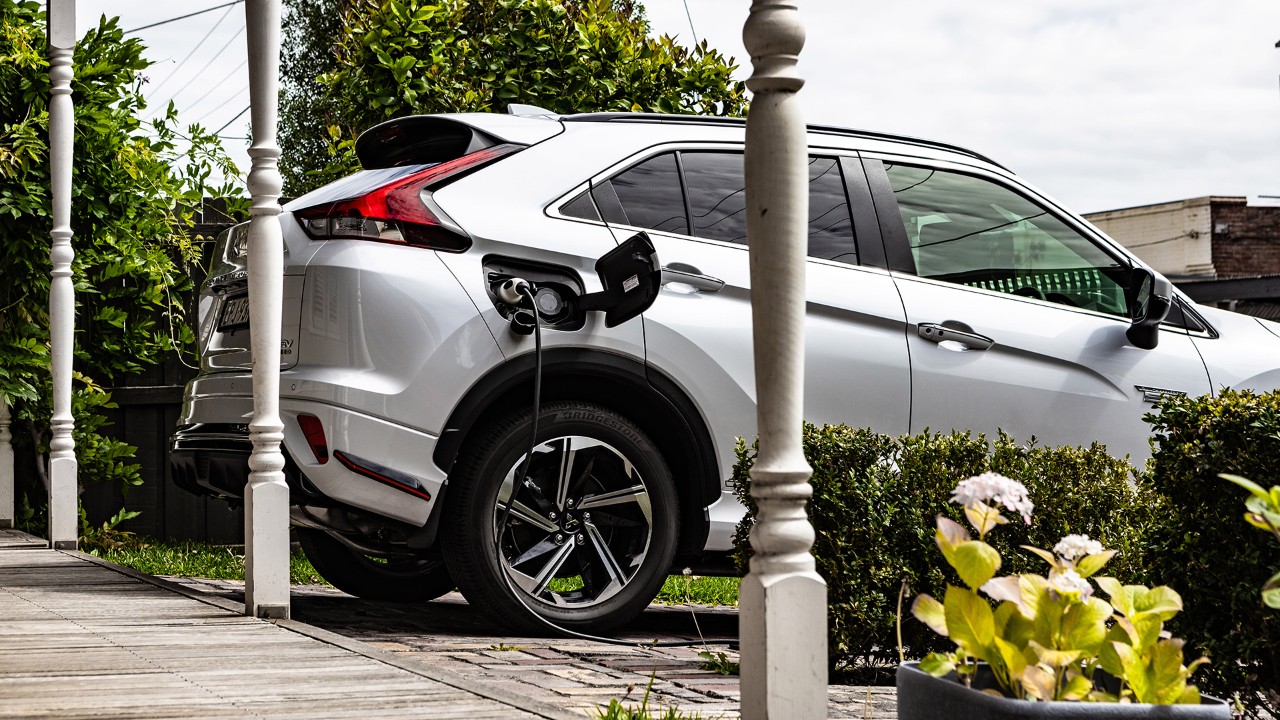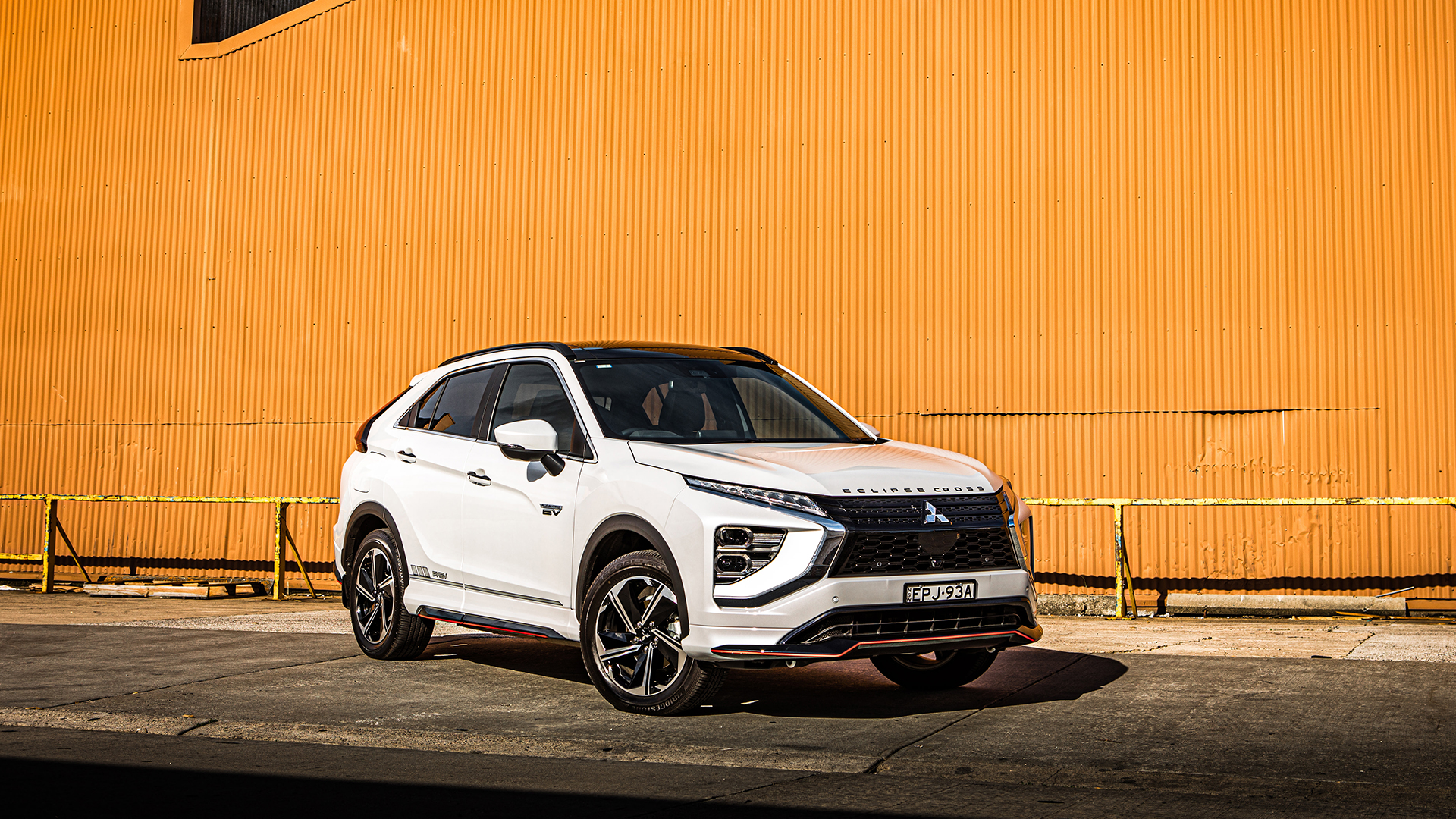Here's how owning a PHEV can save you money. From electric mode to regenerative braking, this plug-in hybrid electric guide shares the financial benefits of eco cars.
With fuel prices continuing to rise and cutting carbon emissions at the forefront, many Australians are already considering a plug-in hybrid electric vehicle (a “PHEV”) as their next family car.
Though Australians have had a slow start in adopting EV and PHEV technology, numbers on the road are rising fast. The recent launch of the electric car discount introduced a range of savings for electric vehicle and PHEV purchasers, making PHEVs more affordable than ever.
Plug-in hybrid EV’s provide a unique opportunity to save on fuel by using electric power, while also having a petrol engine to rely on for longer trips or difficult terrain. But what exactly is a plug-in hybrid electric vehicle? And how do PHEVs help you cut fuel costs and save money? Read on below to find out.
What is a plug-in hybrid electric vehicle and how does it work?
Plug-in hybrid EV’s house electric batteries that can be plugged in and charged directly from a power outlet or charging station. These cars typically have a larger battery than most Hybrid Electric Vehicles (HEV), allowing them to run further on solely electric power. PHEVs like the Mitsubishi Outlander Plug-in Hybrid EV have a battery capacity of 20.0kWh, with a generous pure electric range.
Such PHEVs usually also have multiple charging options, meaning they can be fast charged with an AC home or destination charger, and can also plug into a standard power outlet for an easy top up. They also continue to gain charge from the regenerative braking system common on conventional hybrid vehicles.
Unlike electric vehicles, PHEVs do not need to stop and go charge on long trips, so if you find yourself low on battery or out of range of a charging station, you can use the petrol-electric hybrid modes to continue your journey. Many PHEVs seamlessly switch between electric and petrol electric for improved on-demand performance and to maximise fuel efficiency.
So how exactly can a PHEV save me fuel and money?
You have probably already worked out that a plug-in hybrid EV saves you fuel by using the energy stored in its on-board battery instead of petrol. Electricity from the grid is typically more cost effective than using fuel from the petrol station, especially if you plug in and charge your PHEV off peak. However, that’s not all there is to it.
There are a number of ways that PHEVs save you more fuel, and even more electricity, than you might think.
Electric only mode
Plug-in hybrid EV’s can operate on pure electric mode, relying solely on the Energy stored in the on-board battery. Most PHEVs have a pure electric range of 30-80kms, but some, such as the Mitsubishi Outlander, can travel up to 84kms. Pure electric mode is ideal for saving fuel on your daily trips, whether for the school pick up or drop off, to the grocery store, or to work. If you have a short, regular commute you will find you can operate on pure electric mode a lot of the time. There may be days you use no petrol at all, as based on the average Australian daily commute of 36km, most PHEV users can eliminate fuel use for daily driving.
Regenerative braking
Not all the electricity used to charge a PHEV comes directly from the grid. PHEVs use a regenerative braking system that converts energy during deceleration and braking. This system converts the kinetic energy from your moving car into electrical energy when you brake, slowing it down in the process. The energy is then stored in the vehicle's on-board battery and can be used to drive the wheels while you’re on the road.
Petrol-electric Hybrid modes for extended driving range
For longer trips that go beyond the pure EV range, your plug-in hybrid EV makes use of the petrol engine allowing you to travel much further than most battery electric vehicles. However, even when you’re using petrol, PHEVs make use of hybrid technology, combining electric and petrol power for better performance and fuel efficiency than a conventional petrol only engine. For example, when driving up a steep hill, a plug-in hybrid might automatically use both fuel and electric power to boost acceleration up a hill, while also allowing efficient, extended hybrid driving range over long distances.

Flexible and off-peak charging
Most PHEVs provide flexible charging options – from public charging stations, to home charging stations, and even standard plug outlets. Home charging allows you to reduce the running cost of your PHEV by charging during low-cost off-peak hours automatically. With PHEV’s that support Vehicle to Grid (V2G), in the future you will also be able to supply energy from the on-board battery back into your home or the grid. If you use solar power for your home, that even makes it possible to charge your PHEV entirely from the sun for true zero emissions driving.
Access the electric car discount
Until April 1, 2025 you can also save on the purchase price of a PHEV thanks to the new electric car discount. The discount has removed the 5% tariff on PHEVs under the luxury car tax threshold, as well as allowing an FBT exemption that can save employees up to $5000.
Now you know the ways that a plug-in hybrid EV could save you fuel and money, why not try one out for yourself?
You can find a dealer to test drive our Mitsubishi Outlander PHEV or Eclipse Cross PHEV and discover what a PHEV has to offer on the road. It’s not just the cutting-edge powertrain, you can also experience how Mitsubishi’s intuitive technology can help make driving safer and more comfortable.
